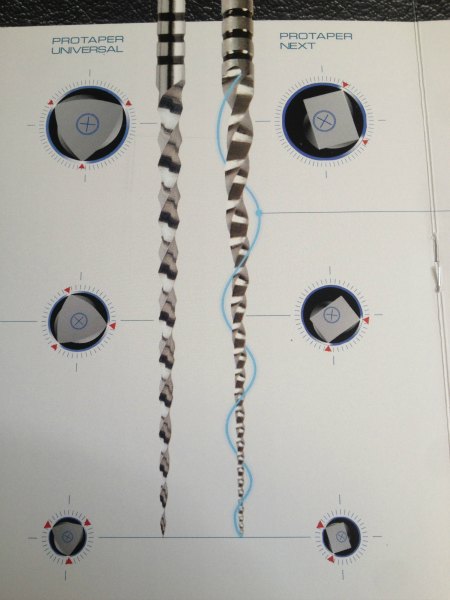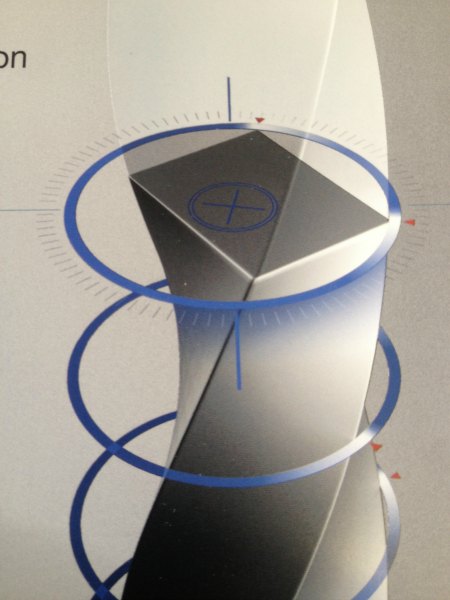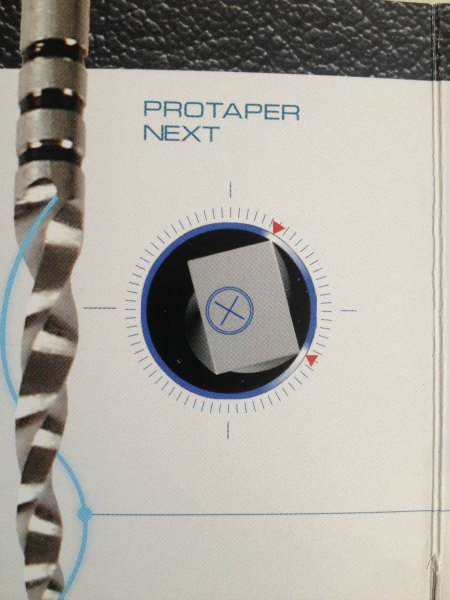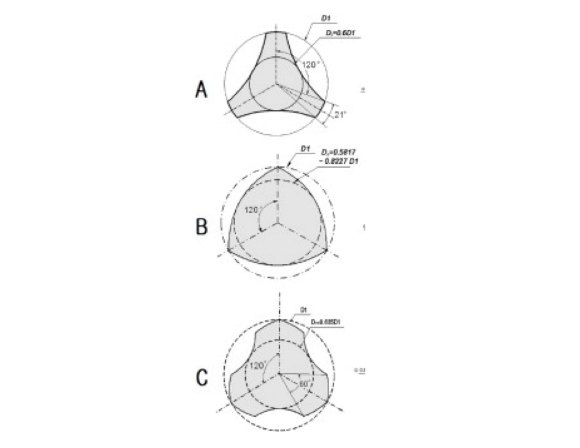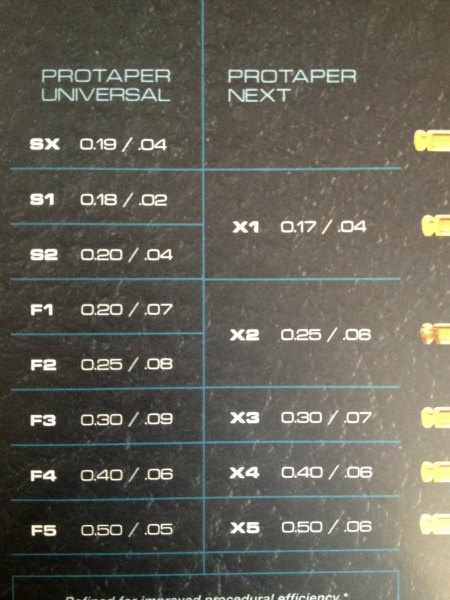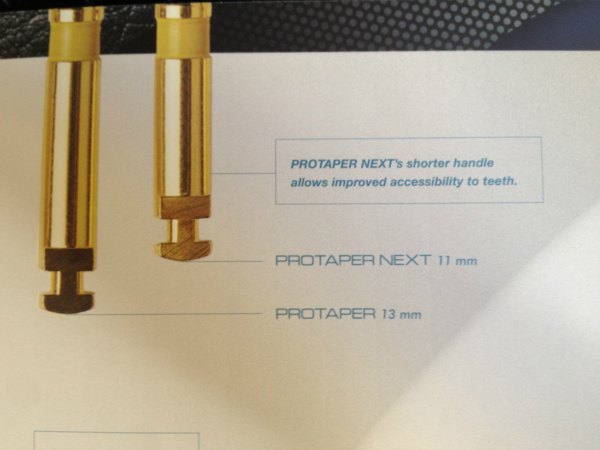The NEXT Best File
Having practiced endodontics now for 11 years I have seen many different new rotary files come to the market from many different companies.
I will estimate that perhaps 10 or more different file systems have hit the market in this time frame. The rotary file market in endodontics is a primary driver of endodontic supply companies and the evolution of file design has brought some really interesting, adaptive, and useful products that have improved the safety and quality of the root canal therapy.
As a consumer of these types of products I have often been quite leery of the continuously evolving market of rotary files. It has been hard for me to gain comfort in one system and then move to a new system as soon as a change has been introduced regardless of the company. Although we have a variety of different filing systems in our office, we have heavily relied upon the ProTaper system from Tulsa Dentsply for the past 7 years. We use other file systems in a hybrid fashion when mixing and matching the files to create a size or taper most appropriate for a particular canal. Other rotary systems you will find in our office would be PathFiles, ProFiles, Tulsa retreatment files, and Vortex Blue files (all Tulsa Dentsply systems).
Companies have often come to our office encouraging us to try out their new type of rotary file. Our typical routine is to listen to the representative, read their literature they offer, do our own research either by computer searches or talking amongst colleagues, and then make a decision. Oftentimes we will receive samples of the files and try them on both extracted teeth and perhaps with a patient. Similar to many practitioners we developed a level of comfort and trust with our materials and methods of treatment and we sometimes have been resistant to change.
And then along came ProTaper NEXT. These instruments are a recent development from Tulsa Dentsply that has both altered the file design and metallurgy of the nickel-titanium to create what is in our opinion a great file. Indeed these are files that we are now making a change for.
I thought it might be worthy of reviewing the file merits here in this week’s blog post.
There have been 3 unique elements used in the design of this ProTaper NEXT file:
1. A rectangular cross-section.
2. An Asymmetric rotary motion.
3. M-wire NiTi alloy
–You can see in figure 1 the cross section of ProTaper NEXT (on the right side) is rectangular vs. the triangular cross section of the original ProTaper (on the left side). This is the first appearance of a rectangular shape in the many abstract shapes across the evolution of file design. (Click on images for larger size).
–I think the most unique feature though is that the rectangular shape is not evenly distributed through the long axis of the file. If you notice closely there are only two points of engagement upon the axial walls of the canal system (see both figure 1 and figure 2) rather than 4 points of contact that you would expect of a rectangle if it were centered on the long axis of the file. Thus two corners touch the canal walls and two corners do not touch the walls. Another way to explain this feature is that the rectangle is off-center from the long axis of the file (see figure 3). This offset rotation around the long axis changes down the entire length of the file and it creates the asymmetric rotary motion. Notice in figure 4 that at one level of the file the rectangle is off-center in one position and at a different length of the file the rectangle is off-center to a different position. There is a spiraling engagement of the two corners along the canal wall so that at every different cross-sectional level of the file the contact points touch at a different perpendicular angle (note the light blue spiraling line in figure 4). (Click on images for larger size).
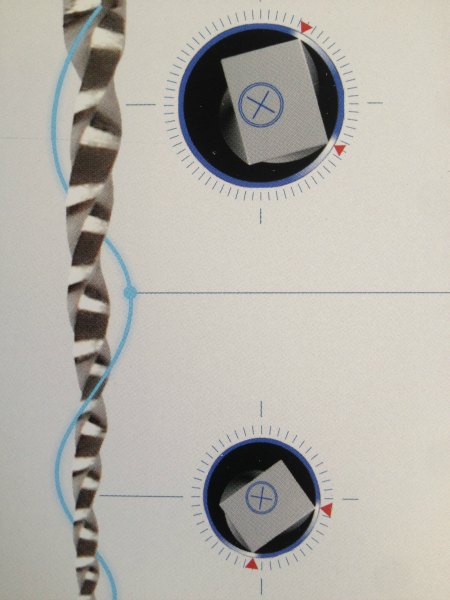
Figure 4
Ultimately this creates less engagement with the canal walls at every level of the file and therefore less frictional stress upon the file. Consider all of the file design concepts prior to ProTaper NEXT which engage the canal wall symmetrically (figure 5). It is pretty easy to determine the frictional forces upon a symmetrically engaged file are much greater vs. an off-centered file. Less stress upon the file results in less instrument fatigue and less file separation. Additionally, less file engagement at every level also allows for the file to be more flexible. And as we all know, perhaps the most interesting part of any rotary system comes down to how much a file can bend before it breaks. That has been the same question asked of any file from the conception of NiTi rotary alloys and it will perhaps always remain the most common question with any new file that comes to the market.
–The third distinctive factor of the ProTaper NEXT file is the metallurgic change using M-wire nickel titanium. M-wire is a thermal heat-treated process added to the creation of the NiTi file. This has allowed the files themselves to have a greater resistance to cyclic fatigue and higher strength (JOE Volume 34, 11. 2008). The cores of the file are now smaller and the fluting can be deeper set, both of which contribute to a file’s flexibility.
I feel it is worthwhile to place a chart in this blog, comparing the very popular ProTaper file to the new ProTaper NEXT file (figure 6). With most canal systems the appropriate shapes can be reached with about 4 files in the ProTaper system and with ProTaper NEXT that same shaping can be accomplished with perhaps 2 or maybe 3 files. Now I do not mean to say this is an absolute rule as it is important to remember that each canal will have an appropriate shape and size unique to that canal. Thus it is often the reality that other files and/or hand files are needed to accomplish the proper final dimension. But the comparison is still appropriate when considered on a file-to-file size relationship. Additionally, the handle of the file is 2mm shorter with ProTaper NEXT which allows for improved accessibility on tough to reach canals when space is limited (figure 7). We certainly have all had experiences of second molars where that 2mm would make a huge difference. (Click on images for larger size).
I feel that these three changes discussed briefly in this blog have significantly advanced the evolution of endodontic rotary files. I really have become somewhat enamored with this file which is why I am writing about it in this blog. I think this is the first time I have written about a specific instrument in all of our blogs this past year. Take that for whatever it may or may not be worth :).
In the end though, as it should be with any rotary system, the best system is the one that feels best in your individual finger tips. But if you are anything like us, you will likely find ProTaper NEXT to be a really great product!
I wonder what file might take our attention in the future. There are always ways to improve and I look forward to having a more open mind than I ever had before.
(Figures 1, 2, 3, 4, 6, 7 were taken from Tulsa Dentsply’s 2012 manual for this product)
Thanks for visiting Tri City and Fallbrook Micro Endodontics of San Diego, CA.

